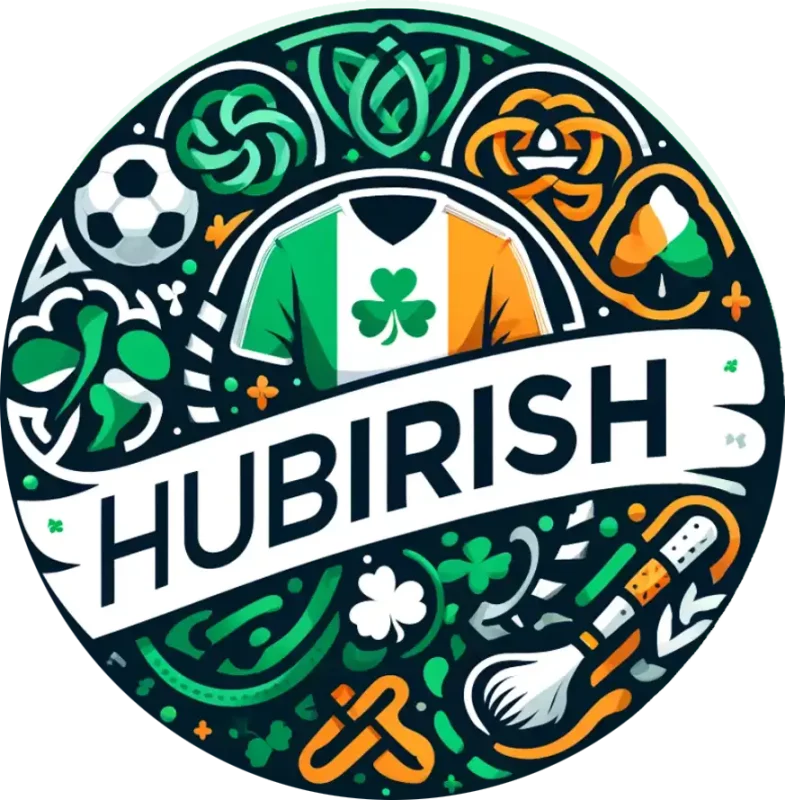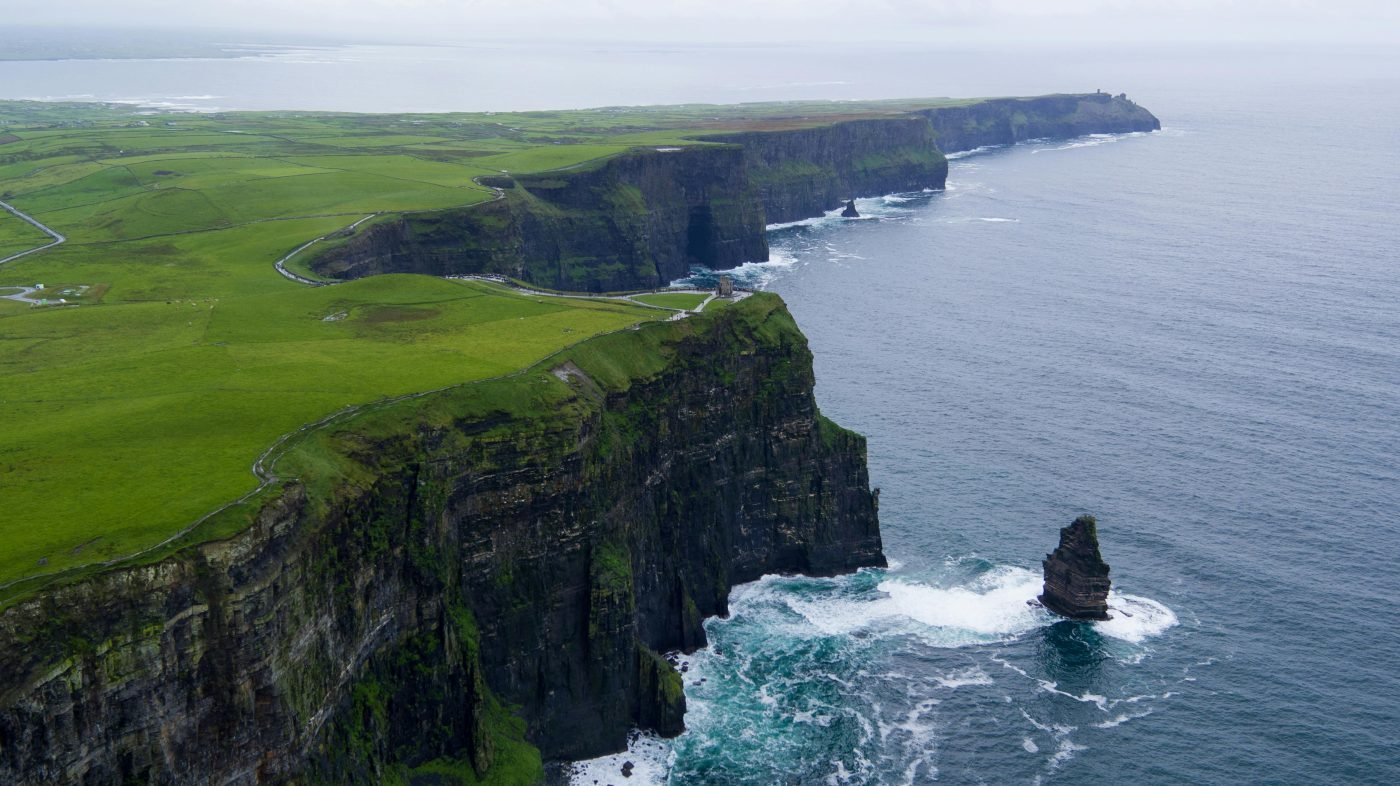Uncategorized
How Riverdance Reshaped Irish Identity Forever
The Night the Riverdance Changed the Course of Irish Identity Forever
Estimated reading time: 5 minutes
Key Takeaways
- “Riverdance” was a transformative cultural event for Irish identity.
- The performance blended ancient traditions with modern artistry.
- It rekindled interest in Irish culture globally.
- The impact of “Riverdance” continues to inspire new generations of artists.
Table of Contents
Introduction
The Heart of the Story
The Wider Echo
The Now & The Next
Did You Know?
FAQs
Final Word
Introduction
It was a night like no other, an electric atmosphere painted across the face of Dublin, June 9, 1994. Thousands filed into the Point Theatre, hearts pounding with excitement for a spectacle that promised to fuse the ancient with the contemporary. When the first notes of “Riverdance” echoed through the auditorium, they were more than mere melodies; they were an awakening, a resurrection of identity that would shake the very foundations of Irish culture.
The Heart of the Story
From the haunting tones of the Uilleann pipes to the raucous rhythms of the bodhrán, “Riverdance” was born of passion — a celebration of not just the dance but of resilience, spirit, and an unyielding connection to a past that still gripped the hearts of many. This was a performance that transcended traditional Irish dance; it swept up in its fervor the very essence of what it meant to be Irish. Few imagined that such a moment could emerge from a country still healing from the scars of civil unrest and economic uncertainty. It was like discovering a rare gem in the Kerry mountains — an unexpected brilliance that shone with pride.
And in that very spirit of revival, people from all corners of Kerry and beyond resonated with the rhythm, breathing new life into traditions often relegated to dusty history books. They stood together, shoulders squared, in shared identity, twirling and tapping to a beat that echoed the souls of their ancestors.
The Wider Echo
“Riverdance” was not just a show; it became a cultural phenomenon, solidifying Irish identity on a global stage. It ignited a renaissance of interest in Irish culture, language, and mythology, leading to an explosion of festivals and performances. As tourists flocked to witness the spectacle, they unintentionally became ambassadors of Irish folklore and spirit. The show turned the world’s gaze toward Ireland — an acknowledgment that the land of poets and heroes had more to offer than political struggles and antiquated stereotypes.
Irishness was painted with bold strokes of artistry — blending the historical with the modern. As playwright and poet, Brian Friel once expressed, “The past is a country from which we have all emigrated.” “Riverdance” allowed the Irish, wherever they were, to reconnect with that homeland, a visceral experience that tied them back to their roots. It was electrifying and transformative, and for many in the diaspora, it was a lifeline to their heritage — a chance to belong.
The Now & The Next
Fast forward to today, and “Riverdance” still resonates, rippling through the fabric of modern Irish life. Countless artists draw inspiration from this rich legacy — performers like Liam Ó Maonlaí, who blend traditional music with modern melodies, push the boundaries of what it means to be Irish. Social media amplifies these voices today, allowing Irish youth to engage with their culture in unprecedented ways. They explore their identity through dance, music, and even sport, as Galway’s own rugby stars lift trophies, embodying the same spirit of pride and tenacity that pulses through our veins.
Yet, there remain new challenges. The housing crisis weighs heavy, and divisions occasionally resurface. But still, from the communal fireside stories of yesteryear to today’s vibrant discussions in pubs and parks, the spirit of Ireland remains unbreakable. We are reminded of our shared identity — one that dances with both joy and sorrow, laughter and memory. It reminds us that like a Riverdancer, we must dare to leap forward, embracing our past while forging our future.
Did You Know?
- “Riverdance” was originally a seven-minute performance during the interval of the 1994 Eurovision Song Contest.
- The show has since been seen by over 25 million people worldwide and translated into over a dozen languages.
FAQs
What inspired the creation of Riverdance?
The show was inspired by a need to showcase the unique cultural heritage of Ireland following the success of the Eurovision Contest in 1994. It took several months to piece together and became a global phenomenon almost overnight.
Is Riverdance still performed today?
Yes! Riverdance continues to tour and adapt new elements in its performances, including collaboration with various artists, maintaining the spirit of innovation that made it famous.
Final Word
As we continue to weave the tapestry of Irish culture, shaped by the heartbeats of all those who have danced before and alongside us, let us remember that every “Riverdance” is a reminder of where we came from and where we’re going. So, if you carry the same pride we do, you’ll find a piece of home waiting at
HubIrish.com.

